

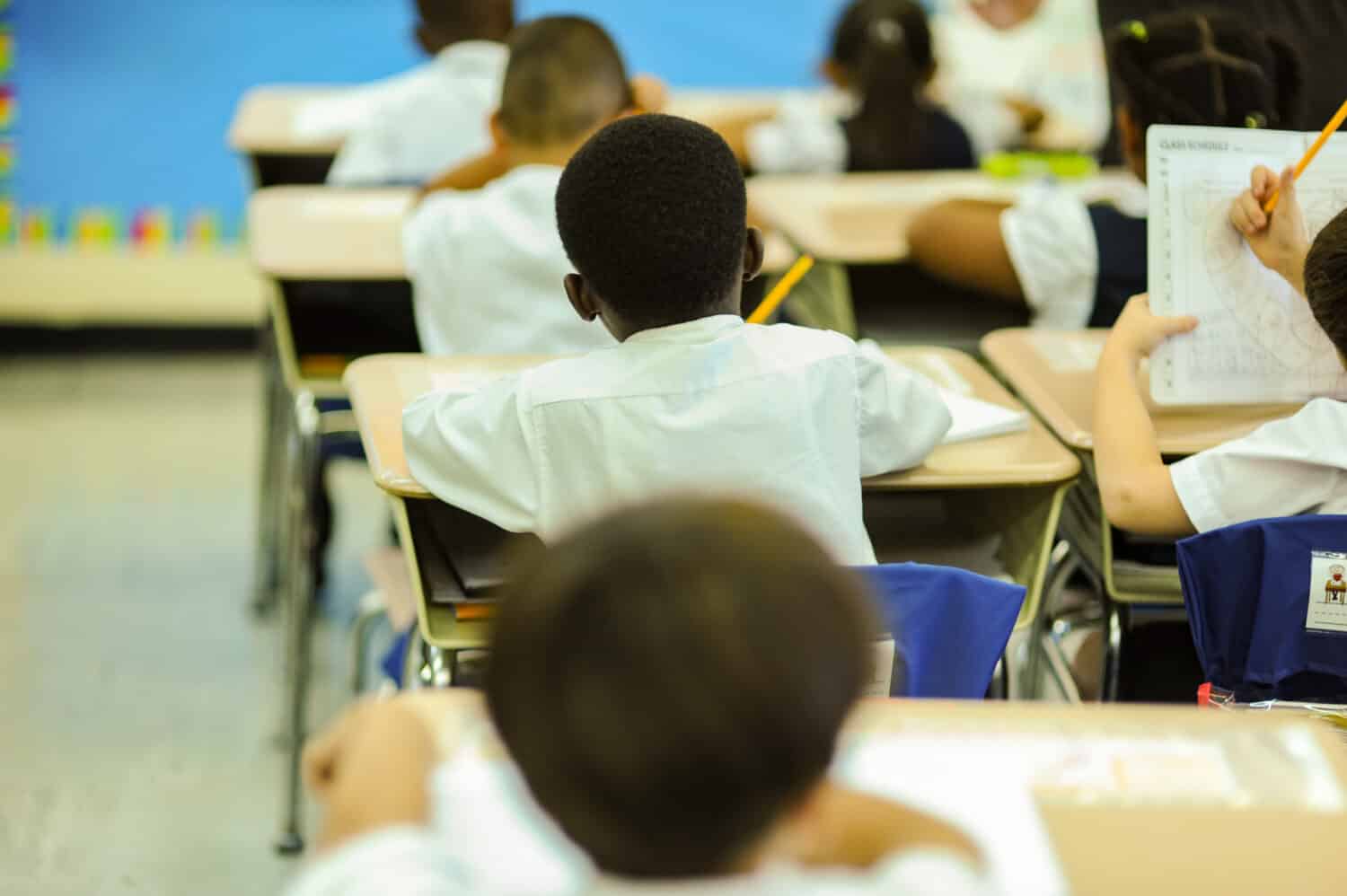


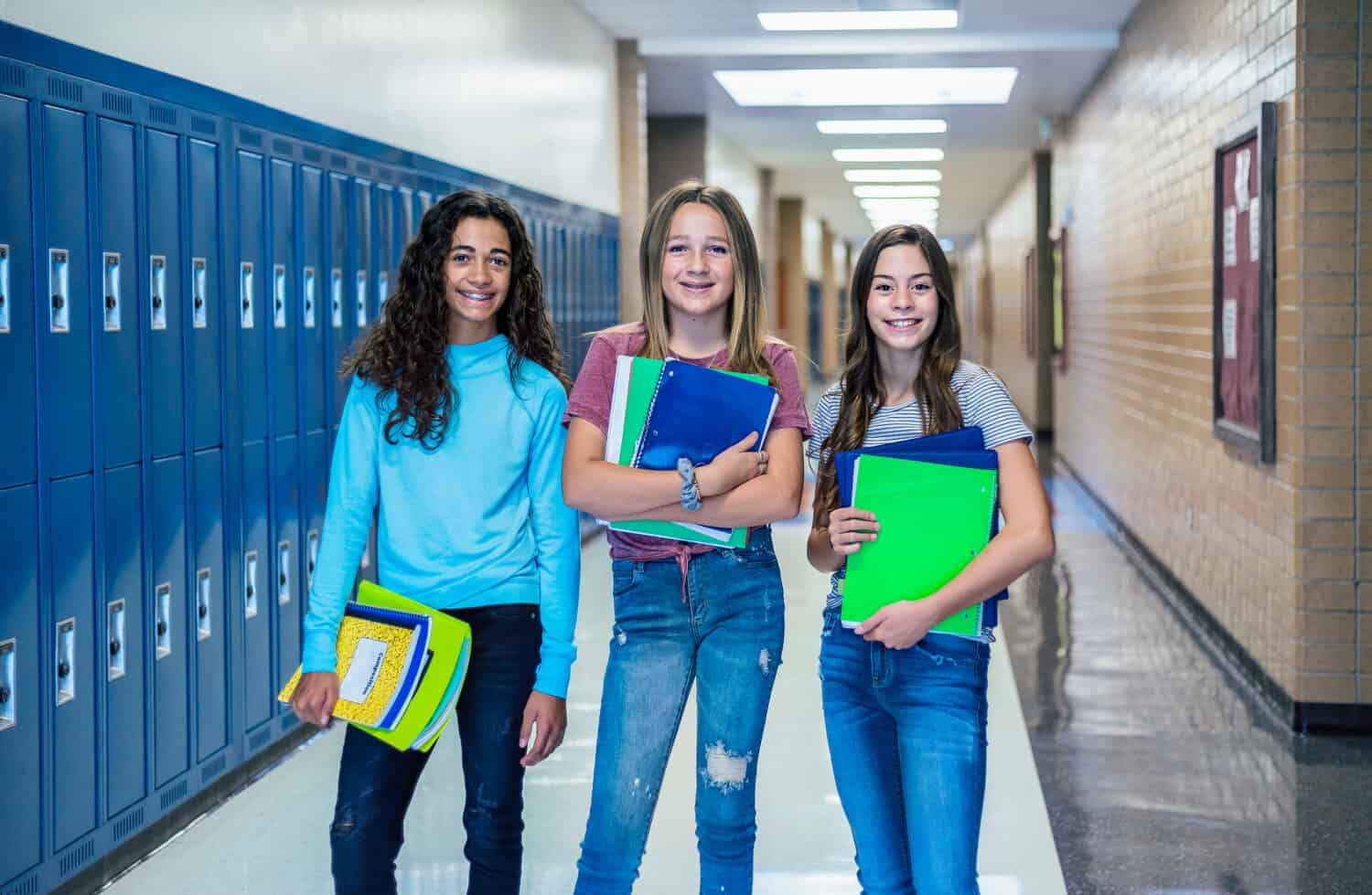
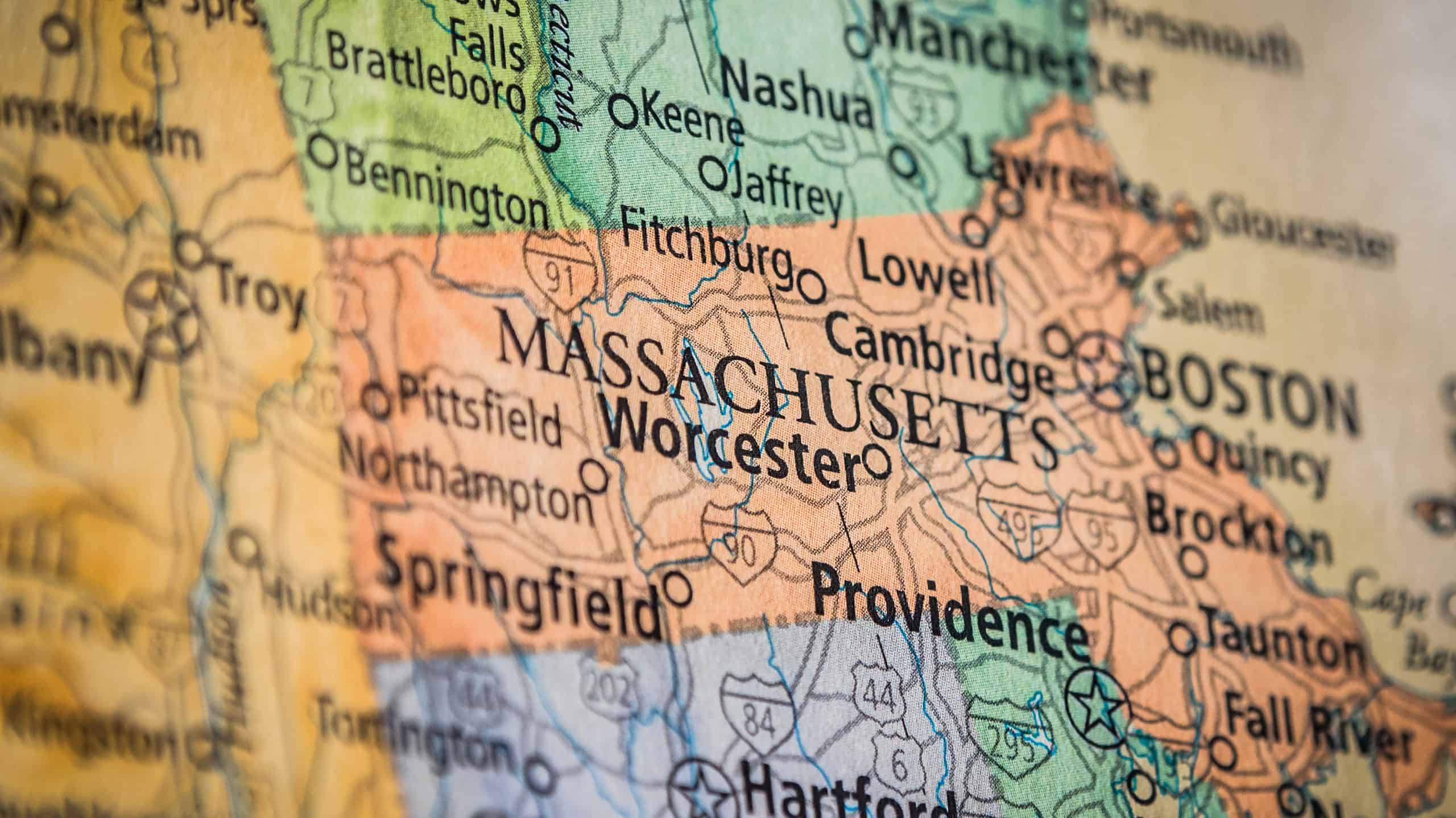
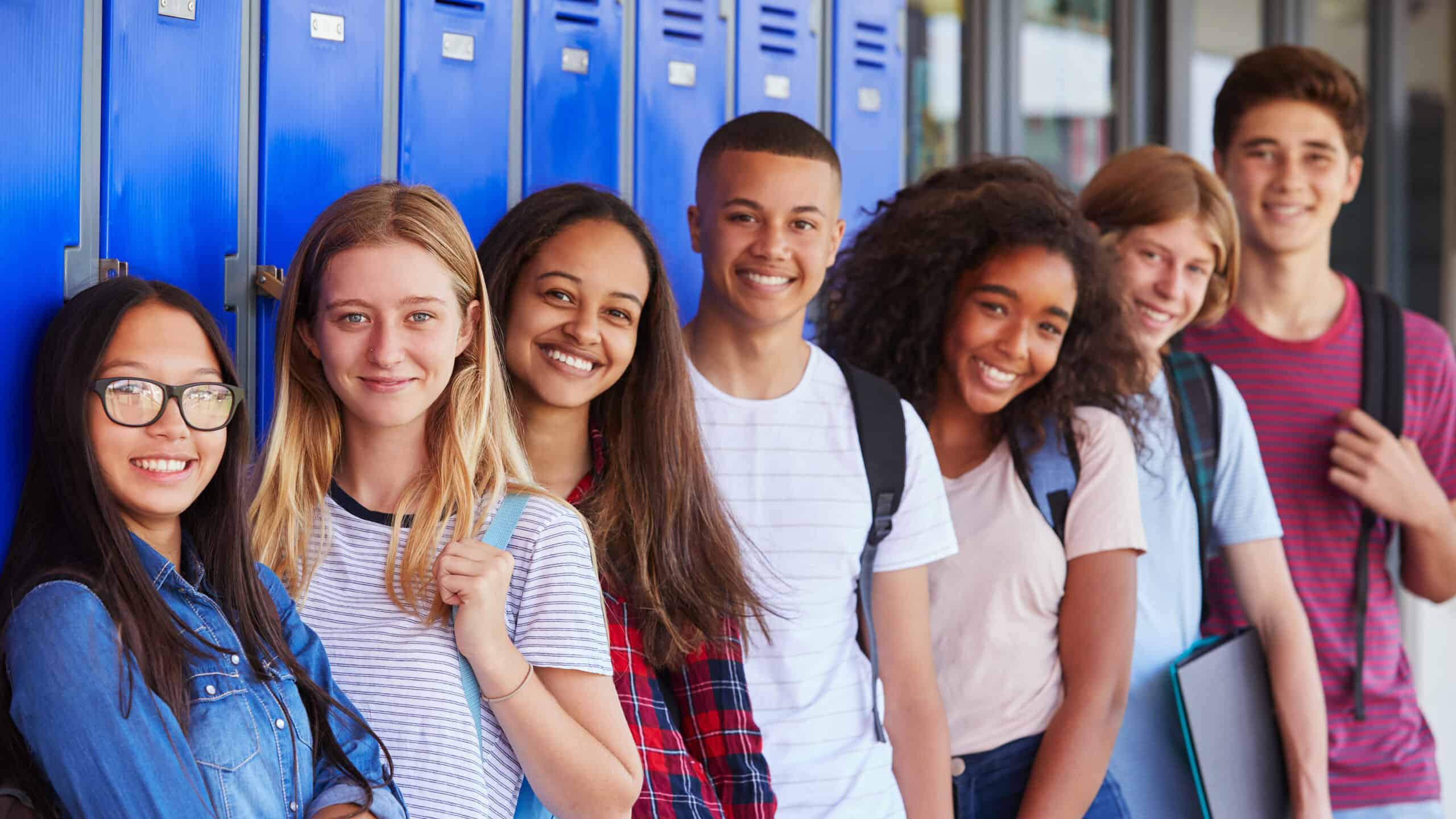
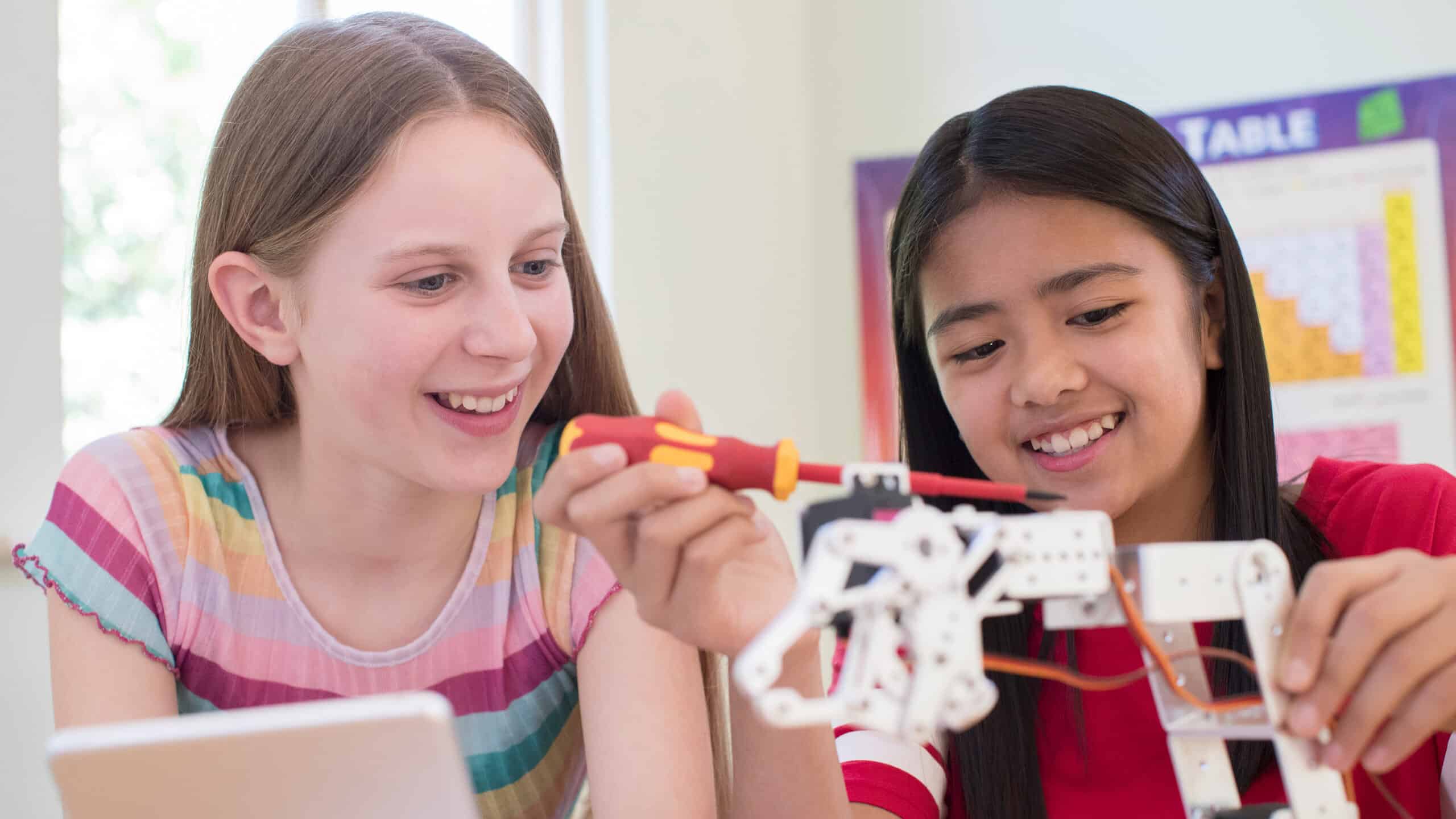

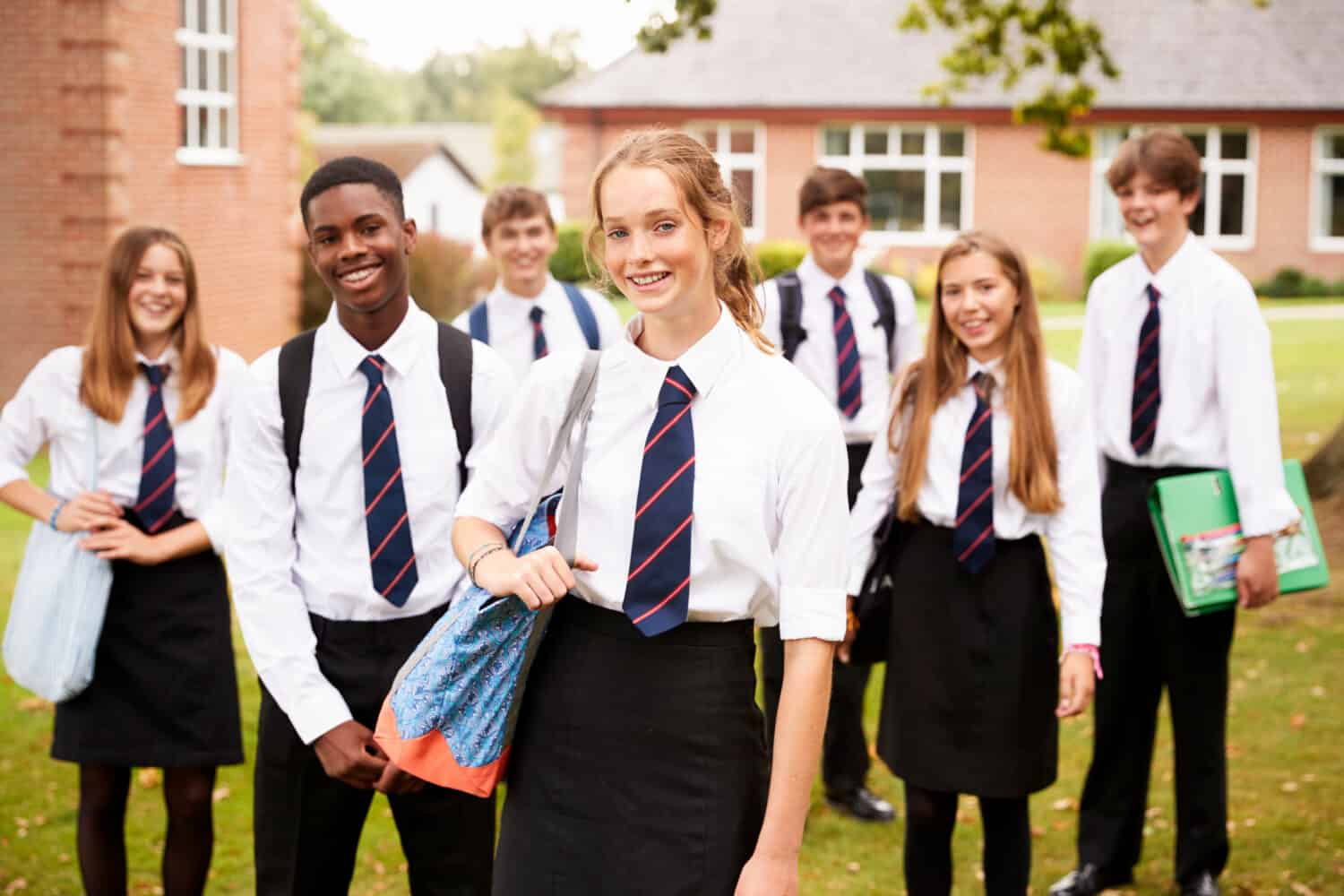



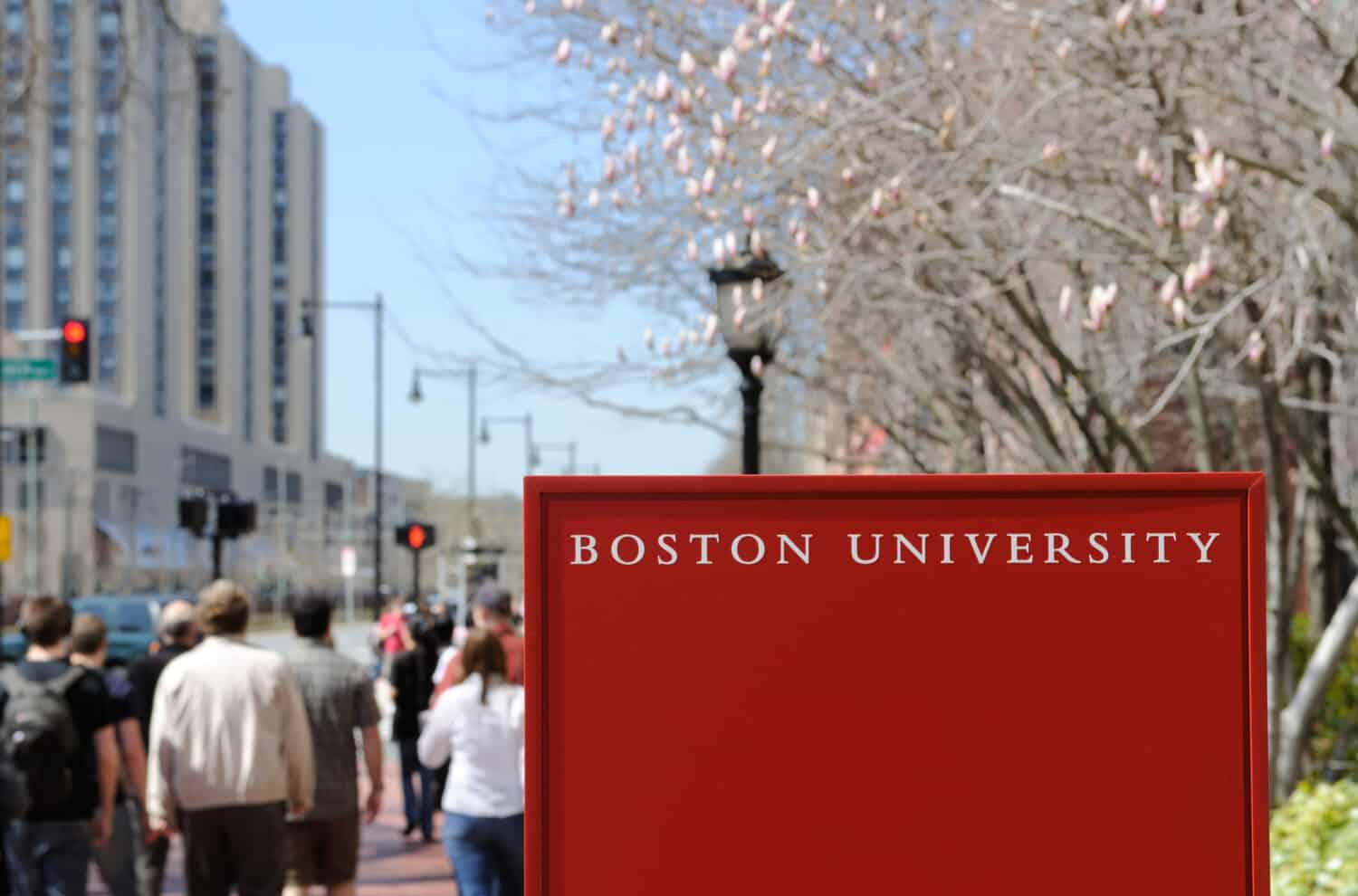






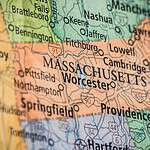








The Most Diverse Schools in Massachusetts
One aspect of life that is often overlooked is the importance of diversity. As children and adults, it's vital that we are in schools and workplaces where there is a large selection of people to interact with and talk to about a variety of subjects. It's the best way to see the world through a different lens and it can change how you interact with others over the course of your life. The best way to value diversity is to be exposed to it as a child, and that's what we're doing today. We'll tell you about the diverse schools in your area so you can have all the facts when you enroll your child. In the past, we have discussed the diversity in other states, including Michigan and Alaska. Today, we'll discuss the most diverse schools in Massachusetts.
To determine the most diverse schools in the state, we researched multiple sources and looked at various metrics. We used websites such as Public School Review for the elementary, middle, and high school rankings and Niche for the colleges and universities. We also base much of this information on the school's diversity score. It's a score that says how evenly distributed the student body is at the school. We think this information will be valuable when you're looking at all aspects of a school. We'll also share some academic wins/areas for improvement so you can be educated on that side of things as well.
Elementary School: Kennedy-Longfellow
First, in the elementary school section of this list of the most diverse schools in Massachusetts is Kennedy-Longfellow, which is a school in Cambridge. This is a smaller school with less than 200 students and a teacher:student ratio of 6:1, which is better than the state average of 12:1. Even with fewer students, there's a lot of diversity here. Minority enrollment is 77% at Kennedy-longfellow, which is above the state average of 46%. Also, the school has a diversity score of 0.79, which is also above the stage average of 0.64. The diversity at the school breaks down as follows: 51% of the students are female, 49% are male, 24% are Asian, 22% are Hispanic, 23% are Black, 23% are White, and 8% are multiracial. As far as academics, the school falls in the bottom 50% of all MA schools when it comes to test scores. Also, the math proficiency in the school is 19%, and reading proficiency is 29%. Still, the school has a lot going for it so it's worth looking into.
Elementary School: King Open
King Open is an alternative/magnet school in Cambridge that has just over 370 students in grades prekindergarten to 5th grade. Although the student:teacher ratio is good, at 9:1 (state average is 12:1), the school does fall in the bottom 50% of all schools in the state when it comes to testing. Further, of all students, about 34% are proficient in math and 39% are proficient in reading, according to Public School Review. Still, the diversity in the school is a big selling point. Currently, minority enrollment is at 63% and the school's diversity score sits at 0.76. Both numbers are above the state average. To break that down, it comes out to be: 51% of students are male, 49% are female, 13% are Asian, 13% are Hispanic, 23% are Black, 37% are White, and 14% are two or more races. This school offers programs for all students, including participation in the National School Lunch Program.
Elementary School: Kenny Elementary School
Kenny Elementary School is located in Dorchester and is a smaller school with about 316 students. They're in prekindergarten through 5th grade. The school does very well when it comes to diversity. They boast a 0.76 diversity score and minority enrollment of 75%, which is well above the state average. The diversity breakdown is as follows: 47% of the students are female, 53% are male, 11% are Asian, 28% are Hispanic, 31% are Black, 24% are White, and 6% are two or more races. On the academic side, the school ranks within the bottom 50% of all schools in MA when it comes to test scores. Between 20-24% of students are proficient in math, and 25-29% are proficient in reading and language arts. The school does have a student:teacher ratio of 10:1, which is better than the state average. It indicates that the students get more individualized attention than at other schools. These are all factors to keep in mind.
Elementary School: Snug Harbor Community School
Snug Harbor Community School is located in Quincy, MA. It's home to 400 students from prekindergarten to fifth grade. Currently, the school ranks in the bottom 50% of all schools in the state of Massachusetts when it comes to test scores. Of all the students, 24% of them are proficient in both reading and math/language arts. With that said, there is promise for the future as the school has a student:teacher ratio of 11:1, which means the students get a fair amount of individualized attention. As far as diversity, the school is doing quite well. Minority enrollment is 69%, and the school has a diversity score of 0.76, which is over 10 points above the state average. A breakdown of the numbers looks like this: 40% of the students are female, 60% are male, 32% are Asian, 16% are Hispanic, 14% are Black, 31% are White, and 7% are multiracial. Consider this school if you live in the area.
Middle School: Putnam Avenue Upper School
Many of the most diverse schools in Massachusetts are also middle schools, and the first one in this category is Putnam Avenue Upper School. Located in Cambridge, the school serves over 250 students in grades 6-8. One of the finest points of this school is its diversity. Minority enrollment is 74% of the student body, which is above the 46% average in the state. Putnam Avenue also has a diversity score of 0.78, which is well above the state average of 0.64. Here is the breakdown: 54% of students are male, 46% are female, 54% are male, 1% are American Indian, 16% are Asian, 12% are Hispanic, 31% are Black, 26% are White, and 14% are two or more races. Academically, the school falls into the bottom 50% of MA schools when it comes to test scores. Currently, 33% of students are proficient in math, and 51% are proficient in reading. That's not bad considering the other schools in the state. The school also has a student: teacher ratio of 7:1, which means the kids get a lot of attention, so there's plenty to be excited about here.
Middle School: South West Middle School
South West Middle School is located in Quincy, Massachusetts. This middle school serves students in 5-8th grade. There are 437 students at the time of this writing. Currently, the school falls in the bottom 50% when it comes to test scores. 25% of the students are proficient in math and 30% are proficient in reading/language arts. The school has a current student:teacher ratio of 12:1, which is the same as the state average. However, diversity is the big star here. At this point, 68% of the student body is made up of minorities, with Asian and Black students being the majority of that number. The school does also have a diversity score of 0.77, which is above the state average. Here's how the diversity breaks down: 55% of the students are male, 45% are female, 1% are American Indian, 29% are Asian, 16% are Hispanic, 16% are Black, 32% are White, and 6% are multiracial. Consider all of these facts when choosing a school.
Middle School: Vassal Lane Upper School
This middle school in Cambridge has a lot going for it. It's a smaller school with 273 students at the time of writing. There is a student:teacher ratio of 6:1, which is quite good, especially compared to the 12:1 average of the rest of the state. That partially explains why 45% of students are proficient in math, which is more than the stage average. Also, 43% of students are proficient in reading. The school also falls into the top 50% of all schools in the state when it comes to test scores. As far as diversity, 63% of the student body is made up of minority enrollment. The school also has a diversity score of 0.76, which is above the state average of 0.64. Here is how the numbers break down: 53% of students are male, 47% are female, 18% are Asian, 11% are Hispanic, 24% are Black, 37% are White, and 10% are two or more races. This school also participates in the National School Lunch Program. Consider this school if you live in the area.
Middle School: Point Webster Middle School
Finally, in the middle school category, we have Point Webster Middle School in Quincy. They currently have 411 students in grades 5-8. This school makes great strides in diversity. At this time, the minority enrollment is 75%, which is well above the 46% state average. The school also has a diversity score of 0.75, which is also above the state average. The breakdown is as follows: 46% of the students are male, 54% are female, 36% are Asian, 17% are Hispanic, 18% are Black, 25% are White, 1% are Hawaiian, and 3% are two or more races. So, it's a very welcoming school for everyone. Academically, the school falls in the bottom 50% of all the schools in the state when it comes to test scores. More specially, 33% of the students are proficient in math, and 39% are proficient in reading/language arts. The student:teacher ratio is 13:1, which is slightly above the state average. Consider all of these factors prior to enrollment.
High School: Malden High School
Entering the high school category, we continue this list of the most diverse schools in Massachusetts with Malden High School. This is a large institution with over 1,800 students in grades 9-12, and many of them do quite well. Despite having a student:teacher ratio of 16:1, which is above the state average of 12:1, the school still falls in the top 50% of all schools when it comes to test scores. Also, 44% of the students are proficient in math, and 50% of the students are proficient in reading and language arts. Both of those numbers are above the state average. The school also succeeds when it comes to diversity. 77% of the enrollment is made up of minorities, and they have a diversity score of 0.77. The genders and races break down as follows: 51% of the students are female, 49% are male, 22% are Asian, 31% are Hispanic, 20% are Black, 23% are White, and 4% are two or more races. This is a great school with a lot going for it.
High School: Cambridge Rindge And Latin
Next, we have Cambridge Rindge And Latin, which is located in Cambridge. With over 1,860 students at the time of writing, this is a large school, but the administration has managed things well, and the institution shows great results. Starting with diversity, the school has a minority enrollment of 63% of the student body. The school also has a diversity score of 0.76, which is well above the state average. Broken down, the diversity looks like this: 52% of the students are female, 48% are male, 1% are American Indian, 11% are Asian, 15% are Hispanic, 26% are Black, 37% are White, and 10% are of two or more races. Academically, the school also does very well. There's a student:teacher ratio of 9:1, which means the students get a good deal of individualized attention, especially for such a large school. As a result, the school falls in the top 20% of all MA schools when it comes to test scores. Also, 59% of the students are proficient in math, and 65% are proficient in reading/language arts. Those scores are above the state average.
High School: Boston Latin School
One of the best high schools in all of Massachusetts is Boston Latin School. It's a large school with close to 2,500 students in grades 7-12. The school does well on multiple metrics. When it comes to academics, the schools falls into the very top 1% of all schools in the state for overall test scores. Of all the students, 85% of them are proficient in math, and 87% are proficient in reading/language arts. That's almost double the state average. The school also does well when it comes to diversity. They have a 62% minority enrollment and a diversity score of 0.74. Here is the breakdown: 53% of the students are female, 47% are male, 29% are Asian, 15% are Hispanic, 13% are Black, 38% are White, and 5% are multiracial. Finally, the school boasts a graduation rate of 98%, which is very good.
College: Amherst College
Many of the most diverse schools in Massachusetts are colleges. That is proven by fine institutions like Amherst College. According to Niche, this is considered to be one of the best liberal arts colleges in the state. It's also known for being one of the best small colleges in the country and for having one of the best athletics programs. The website also lists Amherst College as the 7th most diverse school out of 1,495. There are currently close to 2,000 undergrads at the school, and they break down as follow: 52% of the students are female, 48% are male, 11% are Black, 14% are Asian, 16% are Hispanic, 38% are White, and 7% are multiracial. When asked, 100% of students said that the campus is very diverse. This is a wonderful school with a lot to offer in a variety of metrics.
College: Massachusetts Institute of Technology
Massachusetts Institute of Technology, often known as MIT, is considered to be one of the best colleges in the entire nation. It is a private school with extremely competitive acceptance rates. Only 4% of students will get in. Still, even though it's a smaller school with about 4,600 students, it's still very diverse. As far as racial backgrounds, the numbers look as follows: 8% of the students are Black, 34% are Asian, 15% are Hispanic, 22% are White, 11% are international, and 7% are multiracial. The students also come from a variety of household incomes, ages, political beliefs, and everyone is very unique. Most of the students that do get into the school enjoy the atmosphere, and the high graduation rate ensures that they'll do well after college.
College: Boston University
Finally, this list of the most diverse schools in Massachusetts ends with Boston University. This college also gets rave reviews in a number of categories, including for athletics, the quality of the campus, and even the party scene. Academics are also key here. The college is well known for its Criminal Justice and Kinesiology/Physical Therapy programs. Finally, the school has a 14% acceptance rate, so only the best of the best get in. The school is also great with diversity. There are under 18,000 undergrad students here. Of them, 5% are Black, 20% are Asian, 11% are Hispanic, 23% are international, 33% are White, and 5% are multiracial. The students are also unique in their political affiliations, household incomes, and more. All in all, this is a good school for bright minds.